We visited the park to hike the Black Island and Eagle Trails. Dogs are permitted on the trails (leashed) as well as mountain bikers. Both are loop trails through coastal shrub and tropical hammock habitats. A map with interpretive information is available at the trailhead of the 2.6 mile Black Island Trail. Be sure to bring plenty of water, sunscreen, insect repellent (although we did not encounter many in November), and a hat.
Black Island is reportedly named for a pirate, Augustus Black, who escaped after being captured by authorities. He lived on the island for the rest of his life.
The trail follows the inner waterways of the island. We spotted this butterfly (Gulf fritillary) and these beautiful, purple, American beauty berries at the beginning of the trail.
The trail is well marked including the three "shortcuts" if you do not want to hike the entire 2.6 miles. Below is a massive laurel fig and Sabal palms (also known as cabbage palms) can be found in abundance. The Sabal palm is the Florida state tree.
Various boaters were on the waterways: paddle boards, fishing boats, kayaks, and canoes. A boat launch is available for private boats or kayak rentals are available at the visitor center near the the beach.
We saw lots of "jumping" mullets here. Try as I might, I never did get a good photo of one of the fish in mid-air, although I did catch a few splashes!
The mangrove-lined canal was beautiful with several small islands. Our sweet doggy, Sadie, really wanted to go swimming, but we were a little concerned about alligators that live here. But, finally, we let her have a quick on-leash dip.
Many gopher tortoise burrows can be seen on both sides of the Black Island Trail. Finally, we saw several of them: one inside his burrow with a portion of his head sticking out; and, the second one foraging for food. What a treat! This species is 60 million years old and was around during the time of dinosaurs. They dig burrows that can be 45' long and up to 9.5' deep. Many other species (350+) share their burrows where all co-exist in the protected habitat. They are the only tortoise found east of the Mississippi River.
From the Black Island Trailhead, we walked to along the service road to the North Gate Entrance to Eagle Trail (1.5 miles round trip loop trail).
I found these gray nickernut plants very interesting. Their seeds, called nickernuts, are buoyant and dispersed when they fall into the water. They can travel many miles and float for years before landing and eventually taking root. Despite their name, these plants are part of the bean family.
After taking this photo of the picturesque dead tree across the canal, I realized there was a majestic osprey on the second branch.
Benches are positioned along the trail for a rest or to enjoy serenity of the the surroundings. We really enjoy seeing the diverse plant life here, too.
Common to the southeastern US, the Gumbo Limbo tree grows to 50-60' tall. It is sometimes referred to as the "tourist tree" because the bark is red and peeling, like some tourists (ha ha).
West Indian manatees are found in shallow, slow-moving rivers and estuaries. We were thrilled to see one as we were reaching the end of our hike. There were three in the water here, but I only got a photo of a portion of this.
After hiking, we made a quick stop at the visitor center. Bikes, kayaks, paddle boards, and guided tours are available here. A boardwalk provides access to the beach. Dogs are not permitted in this area of the park.
Shore birds (laughing gull and Willet) and sea oats were beautiful in the late afternoon light on the white-sandy beaches of the park.
Admission is $8/vehicle per day, but we decided to purchase a FL State Park annual family pass ($120) since we will be in the state for at least the next 5.5 out of the next 12 months. For additional information about the park, check out them out online www.floridastateparks.org/park-history/Lovers-Key.

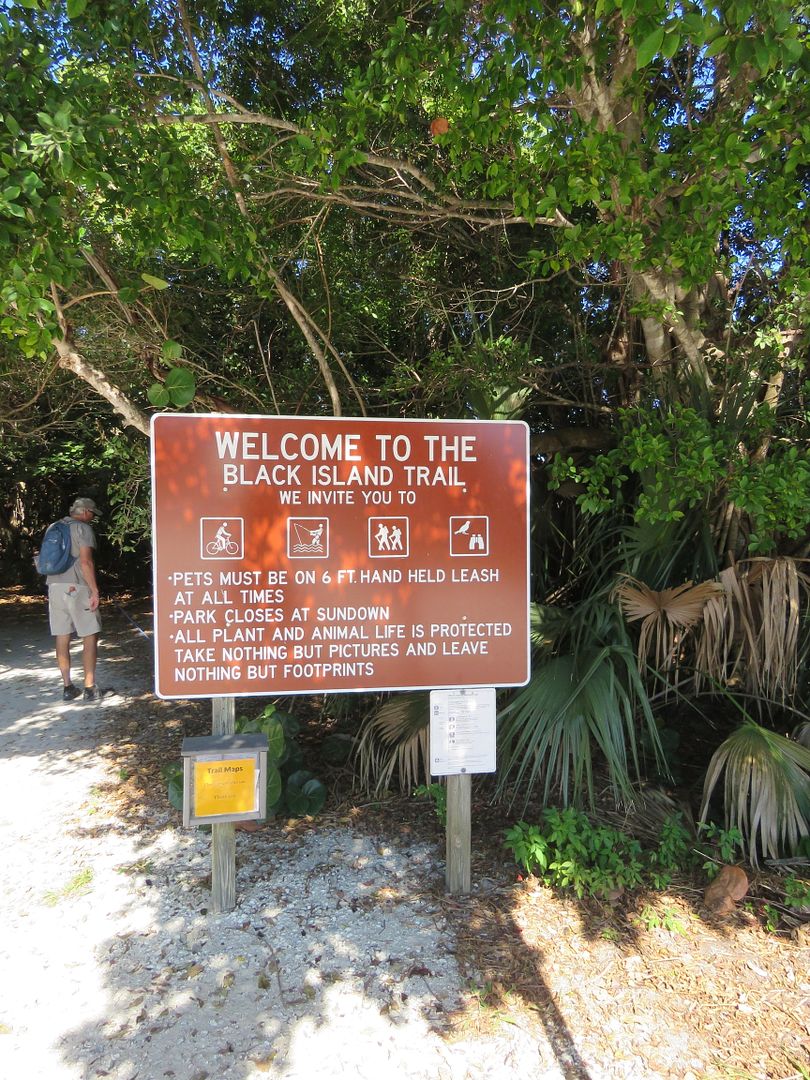


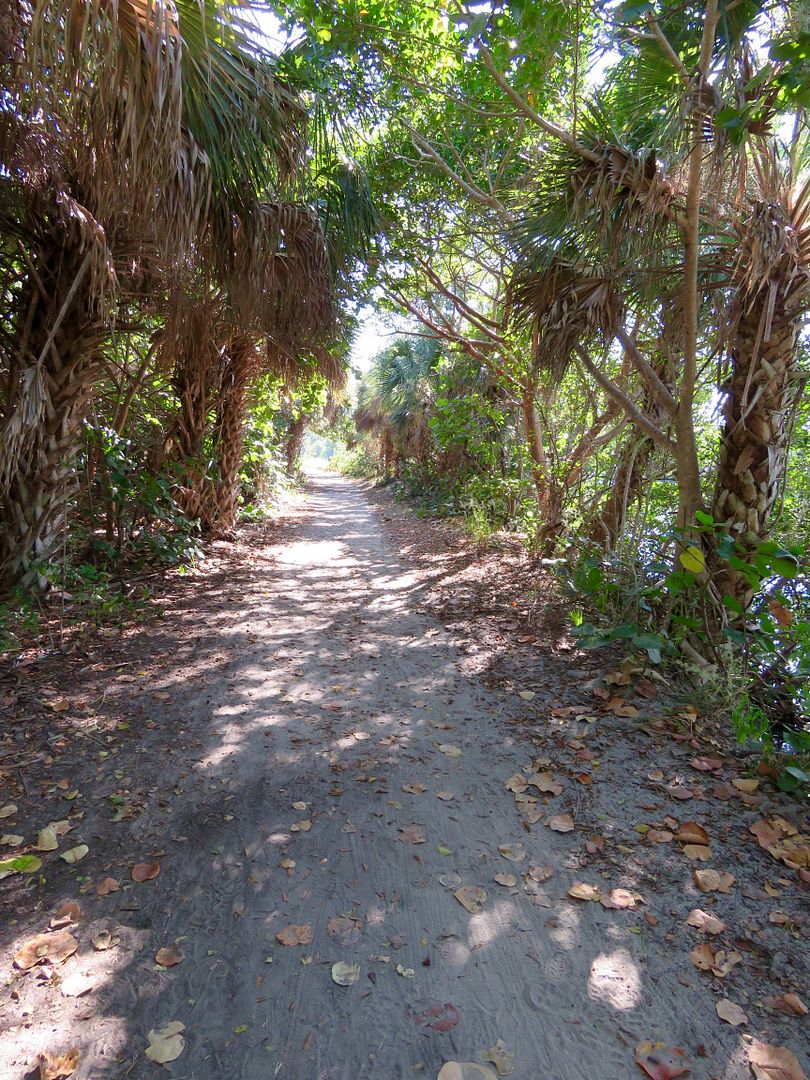

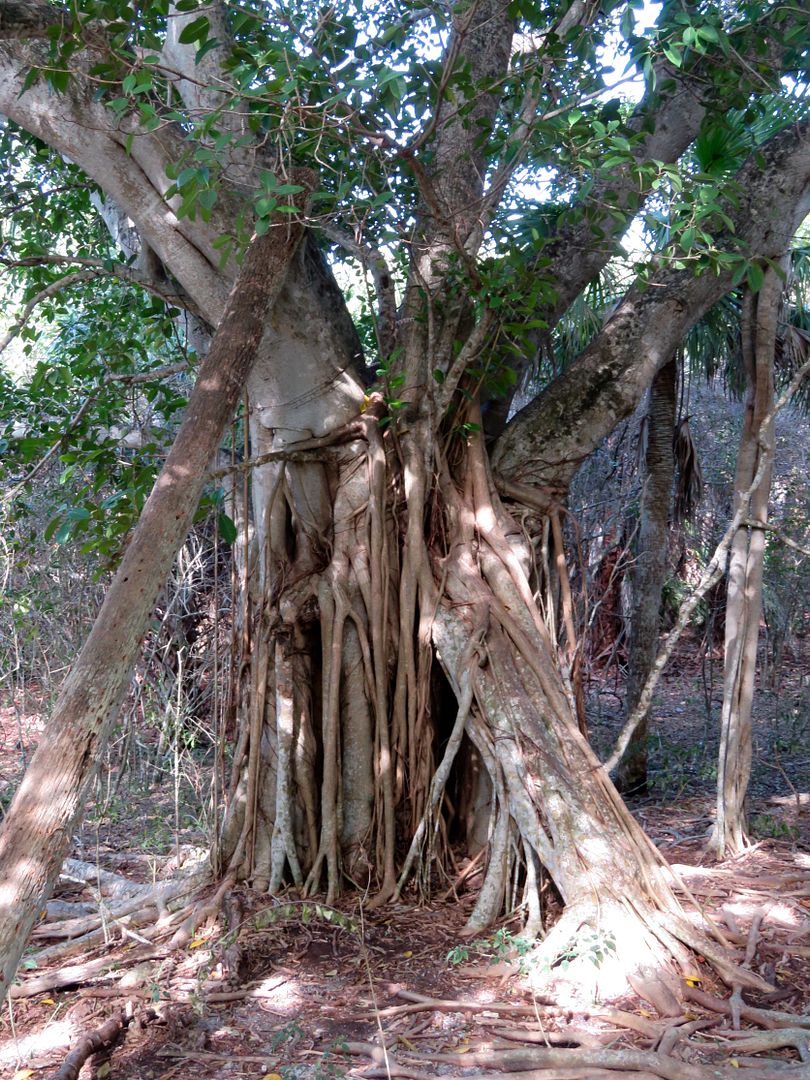
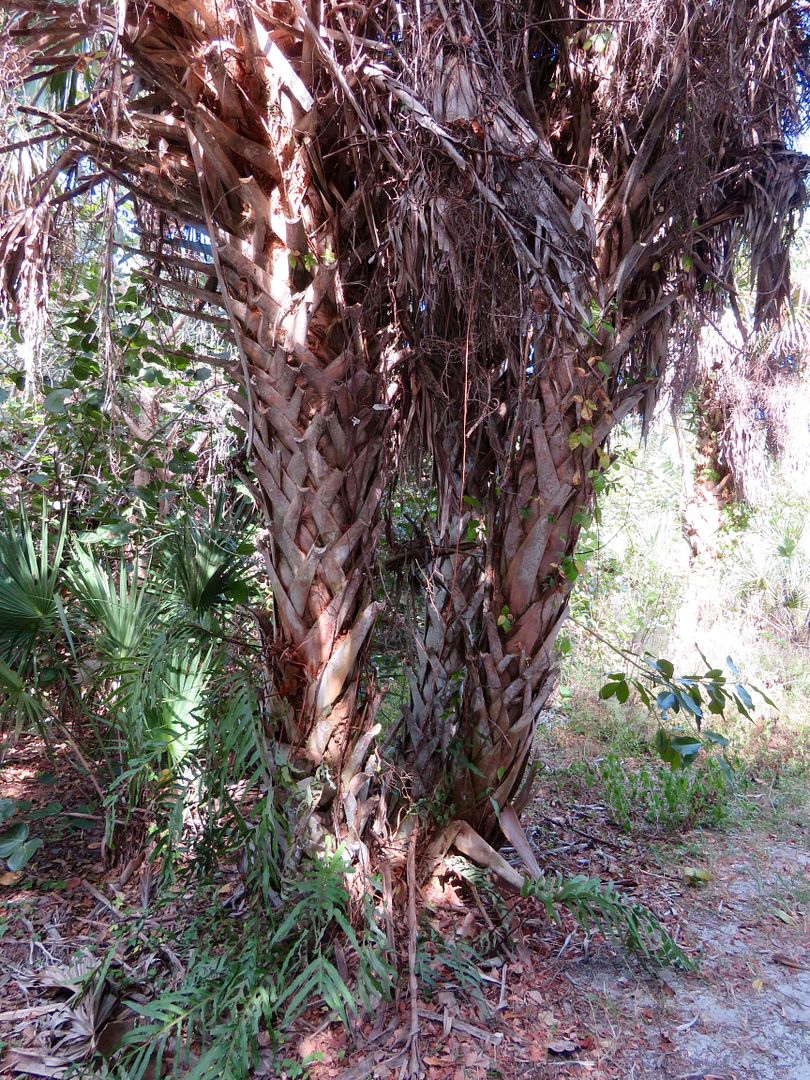

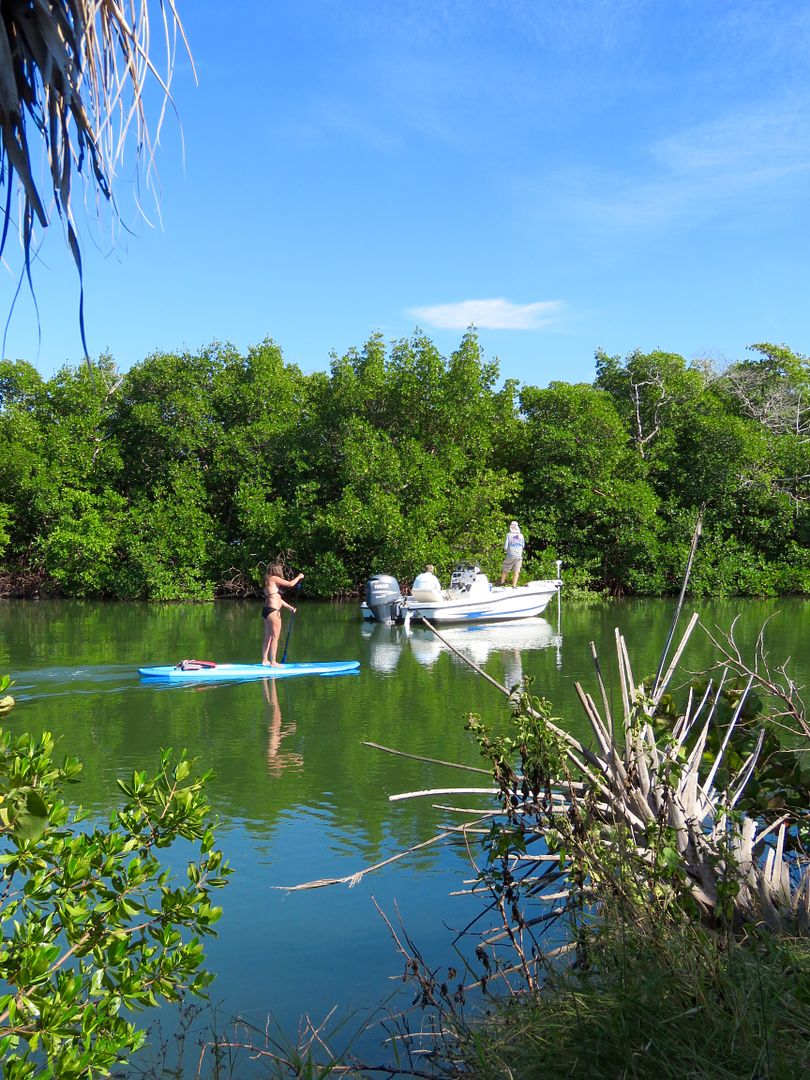
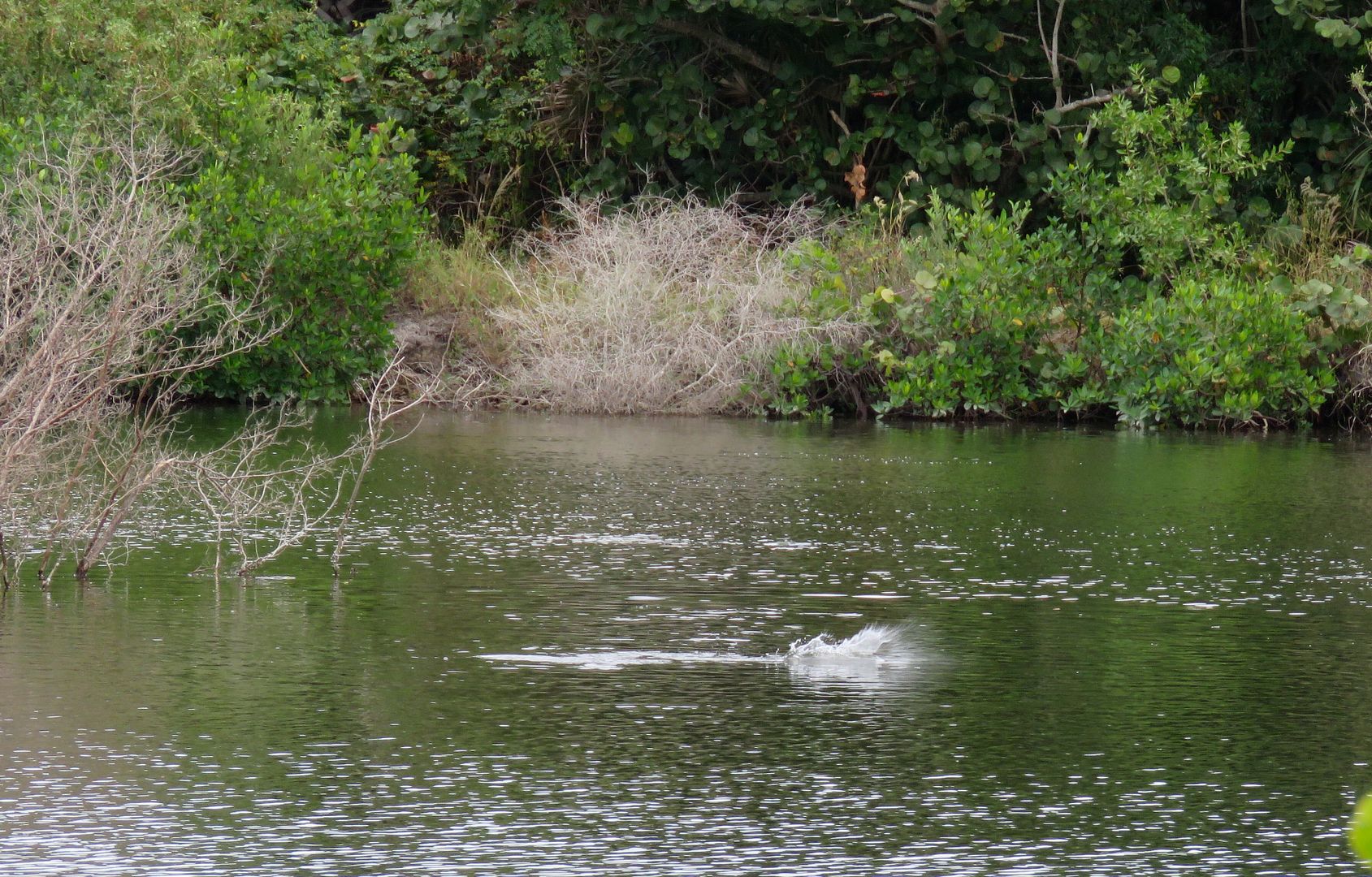




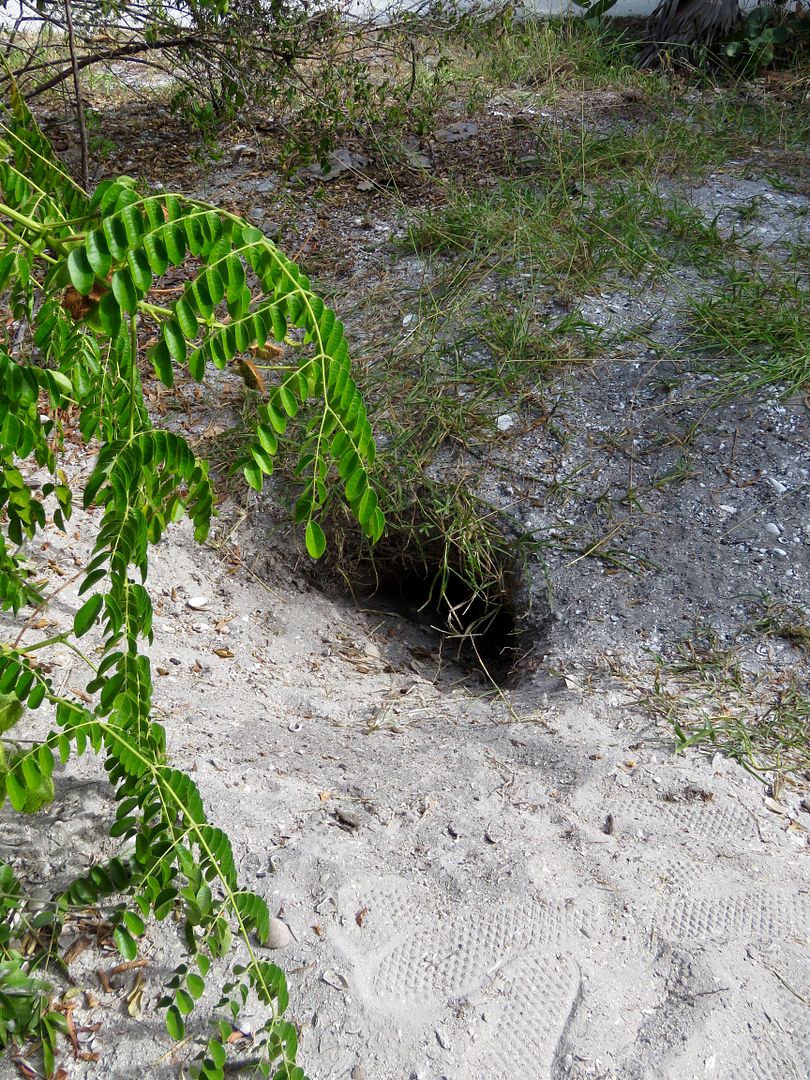
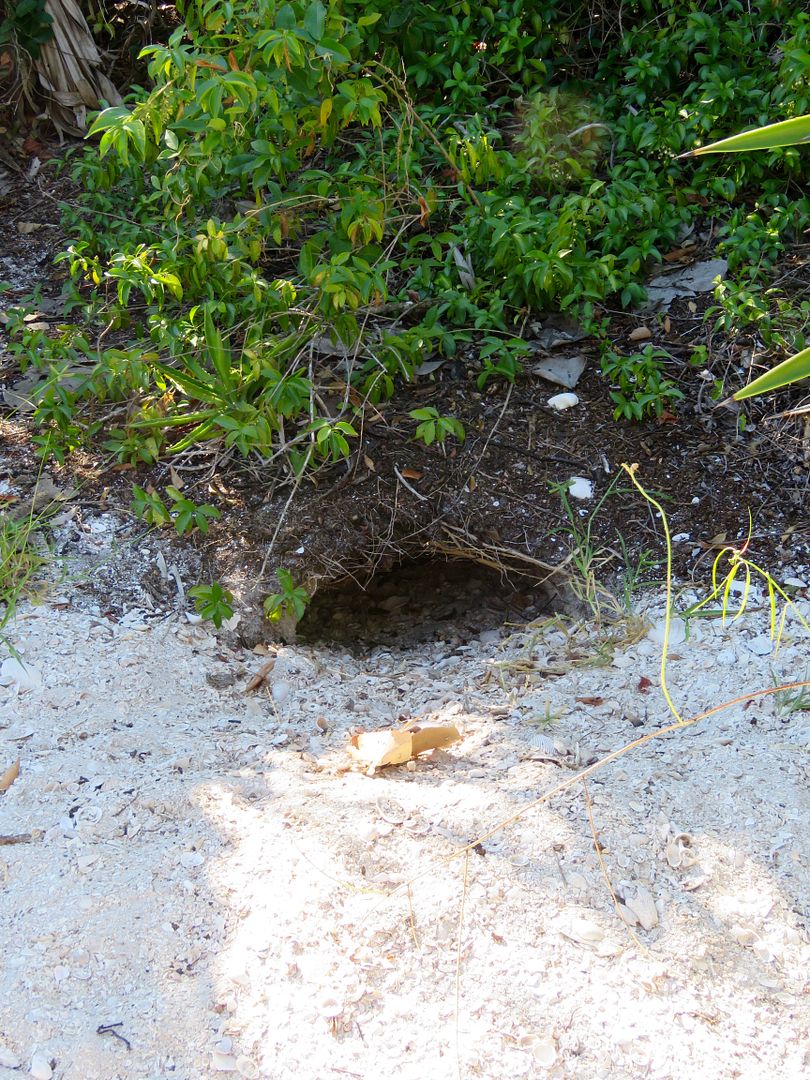
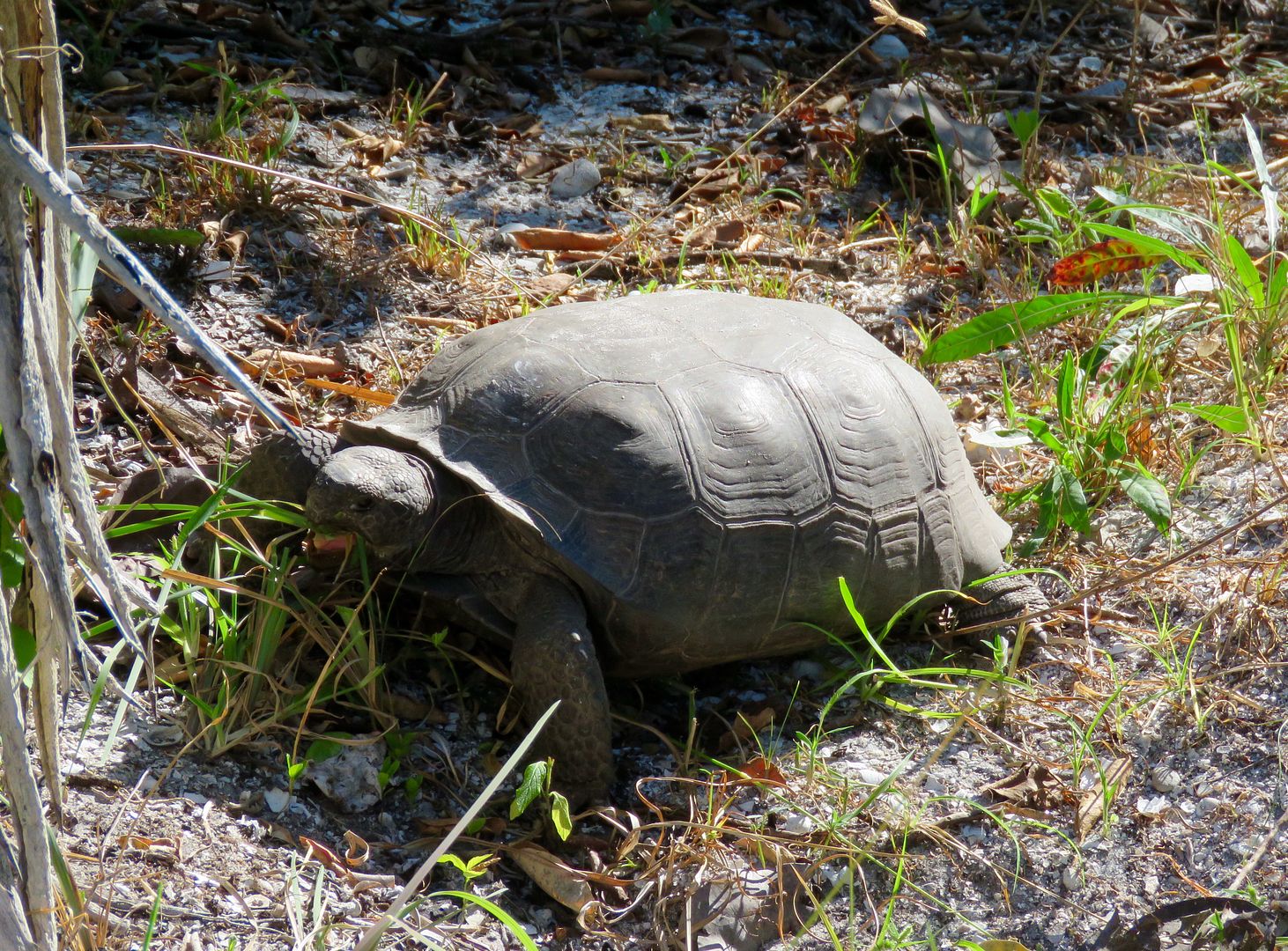
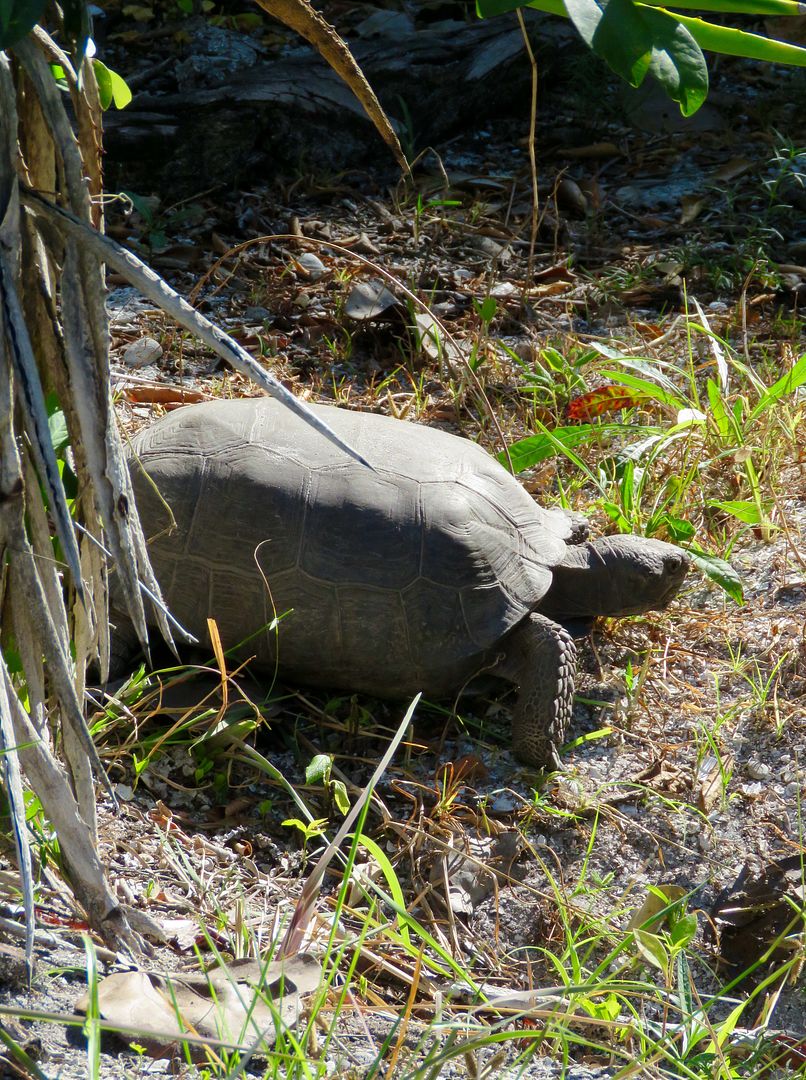
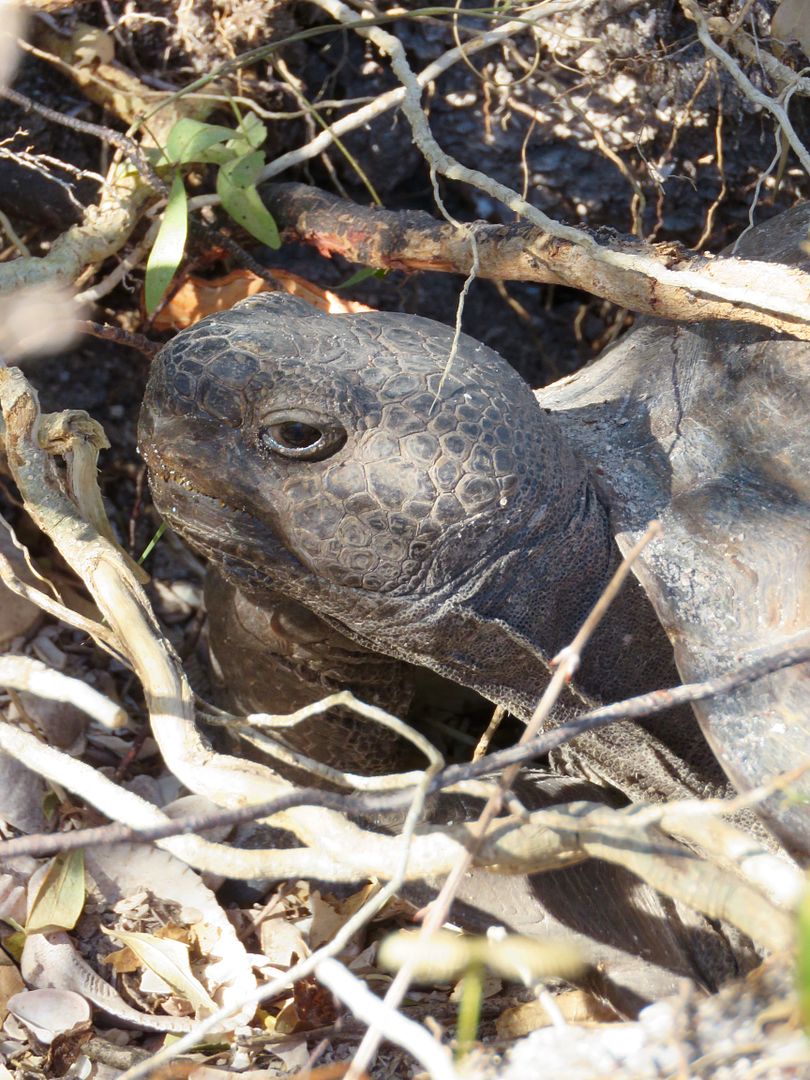
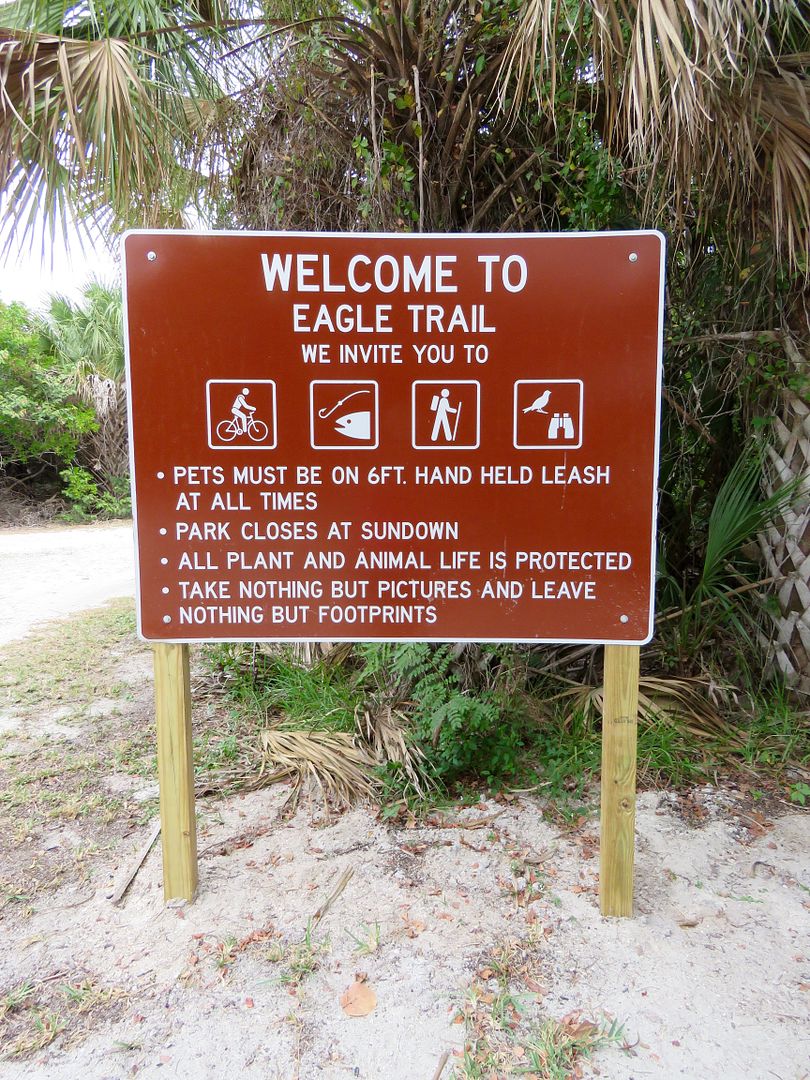
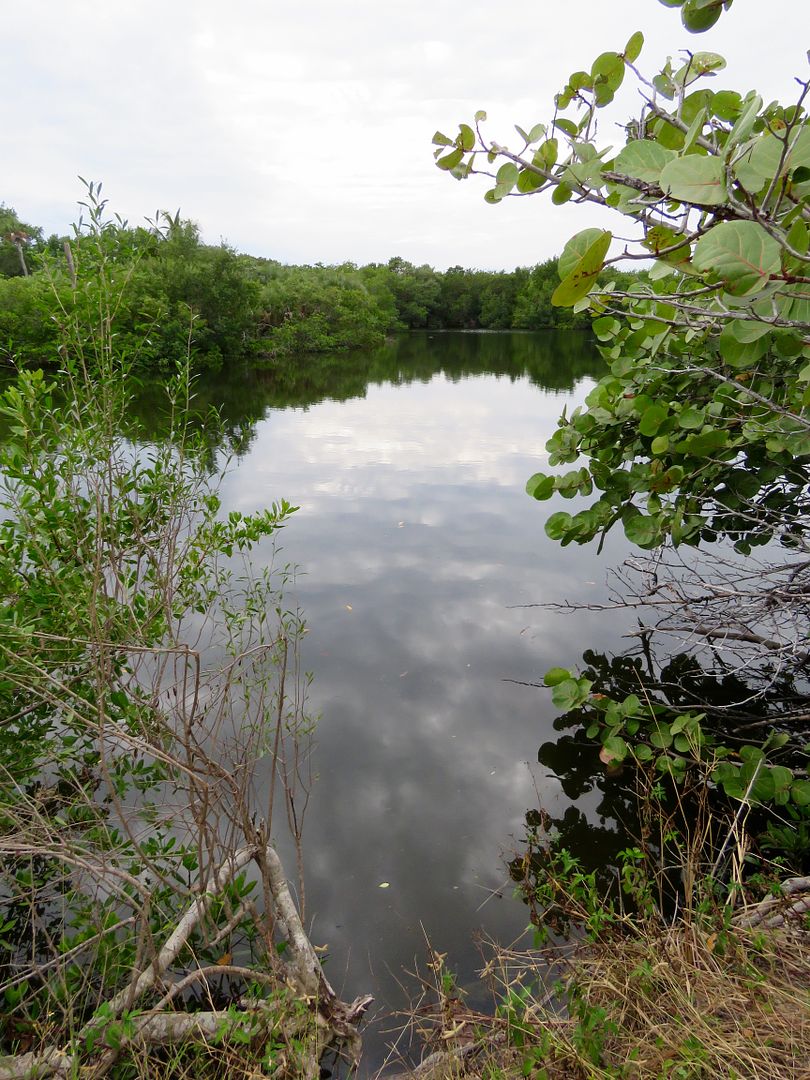
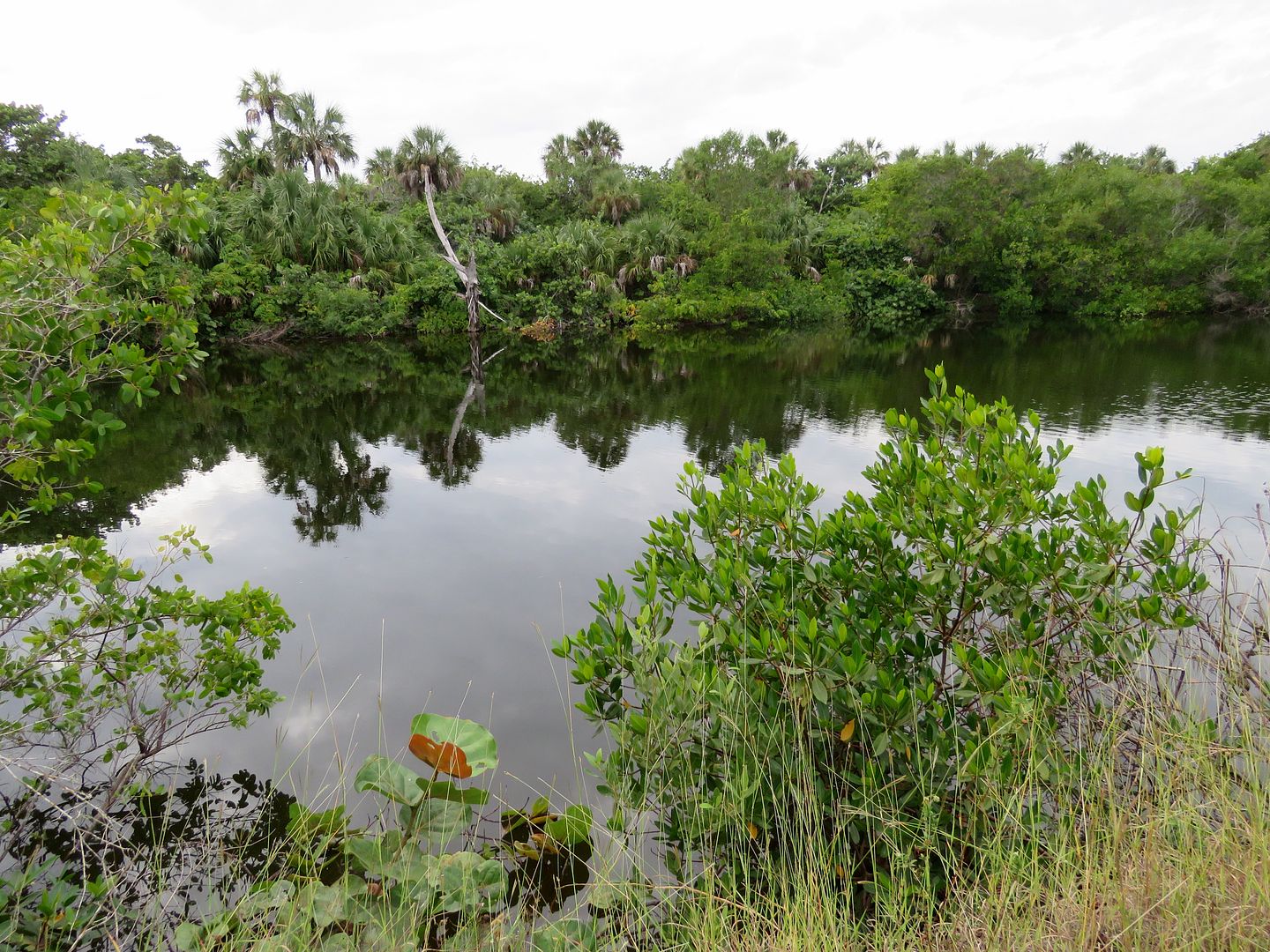
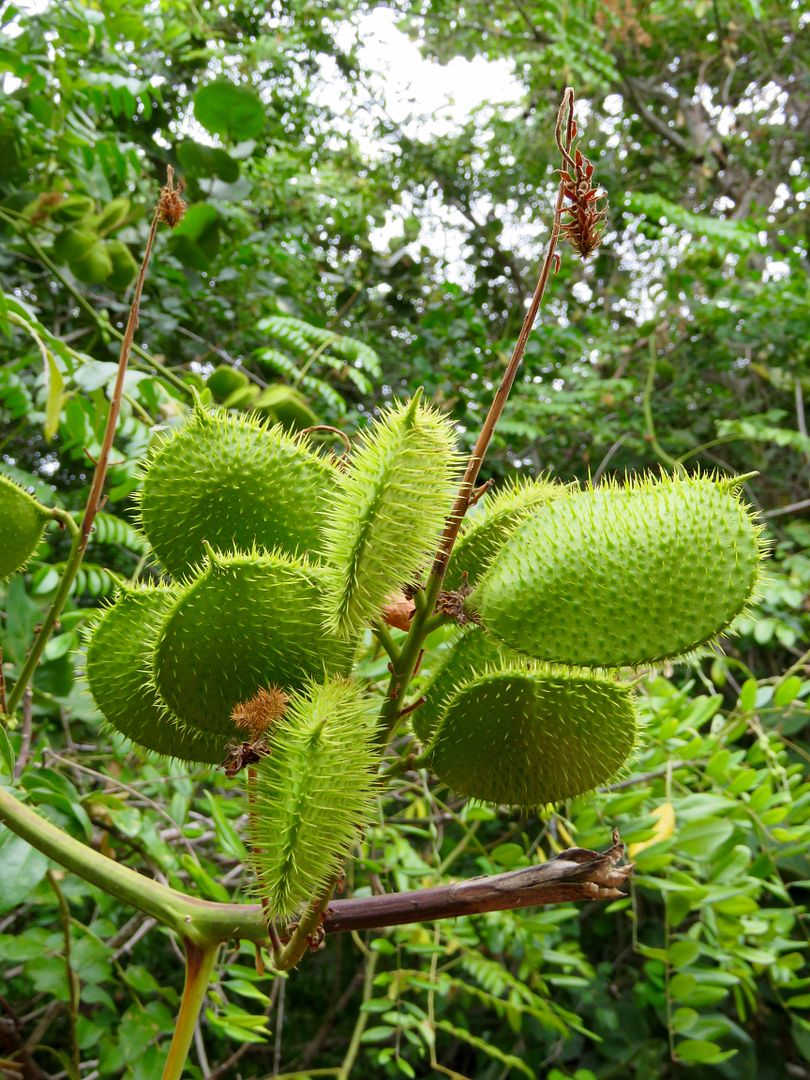
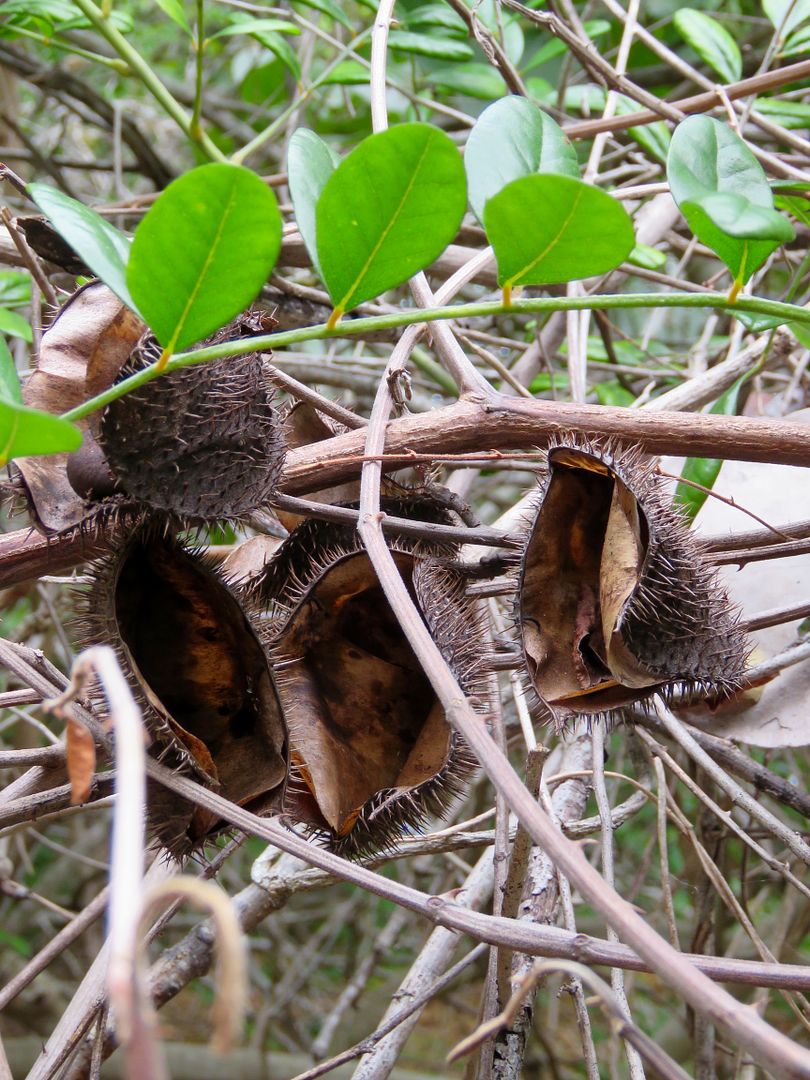
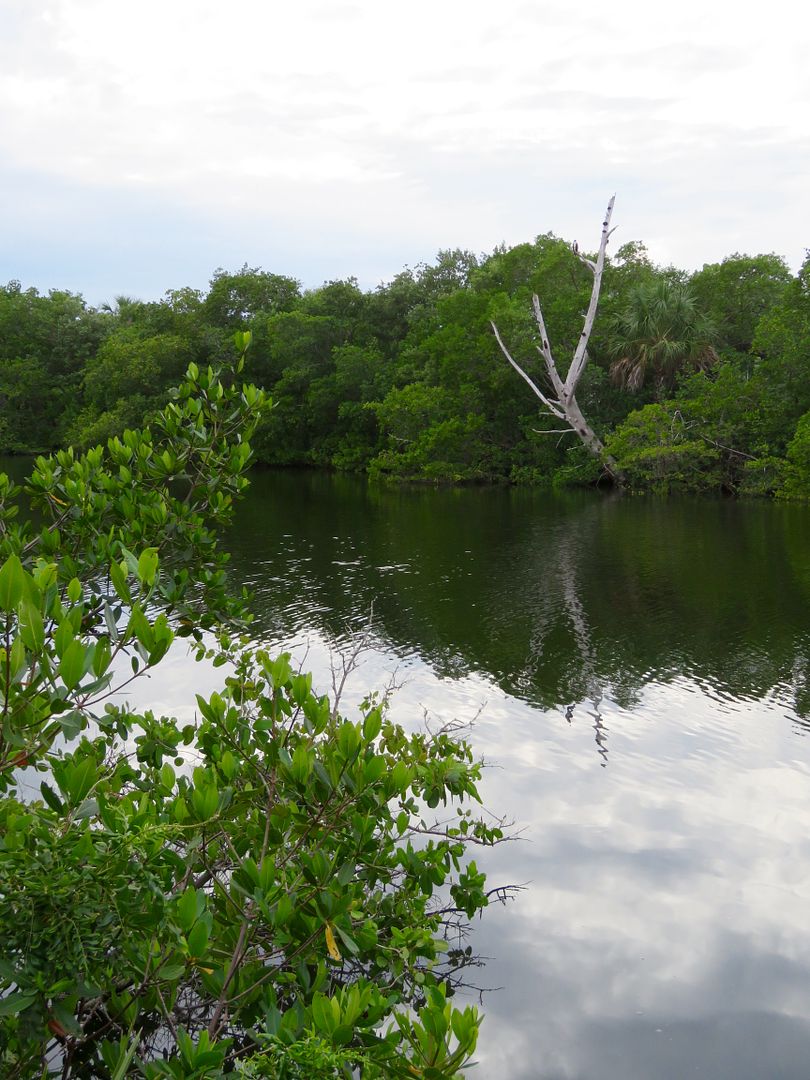
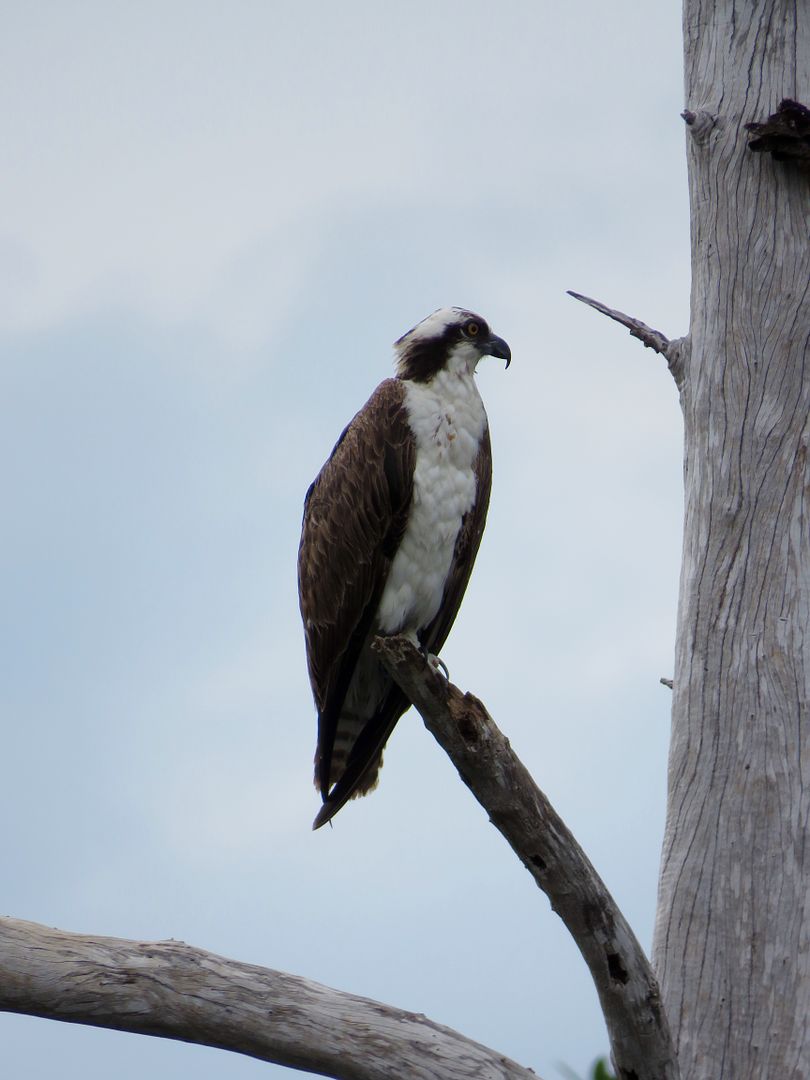
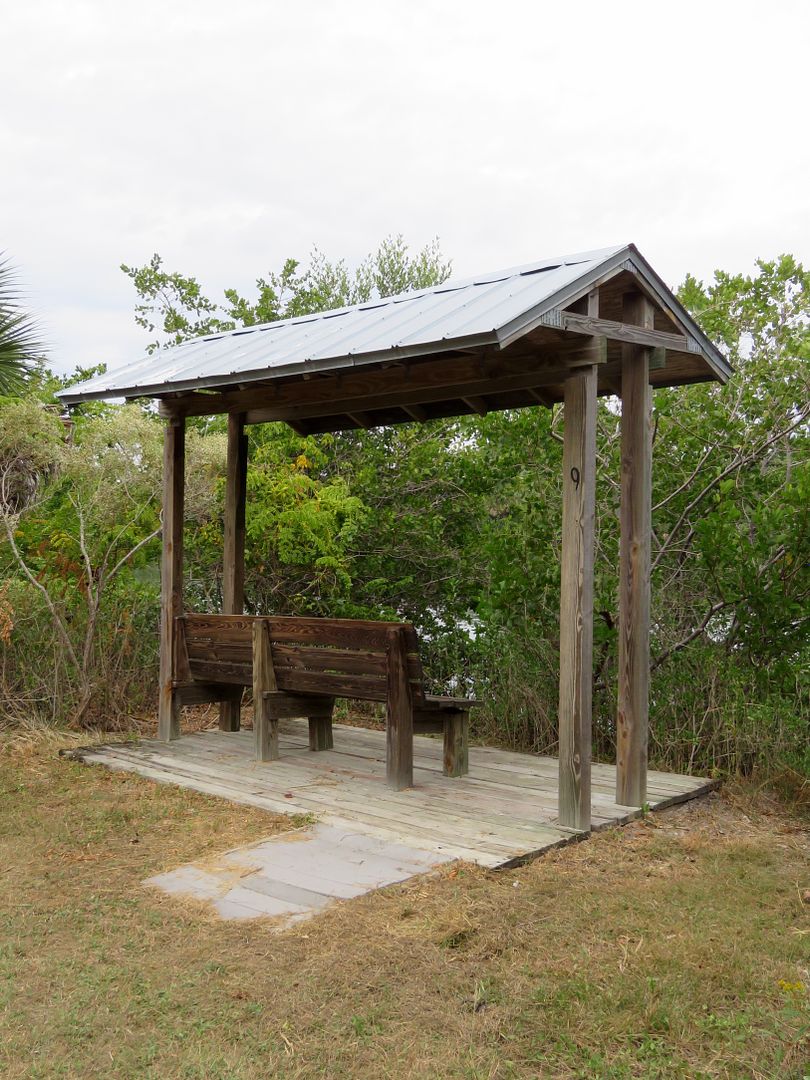

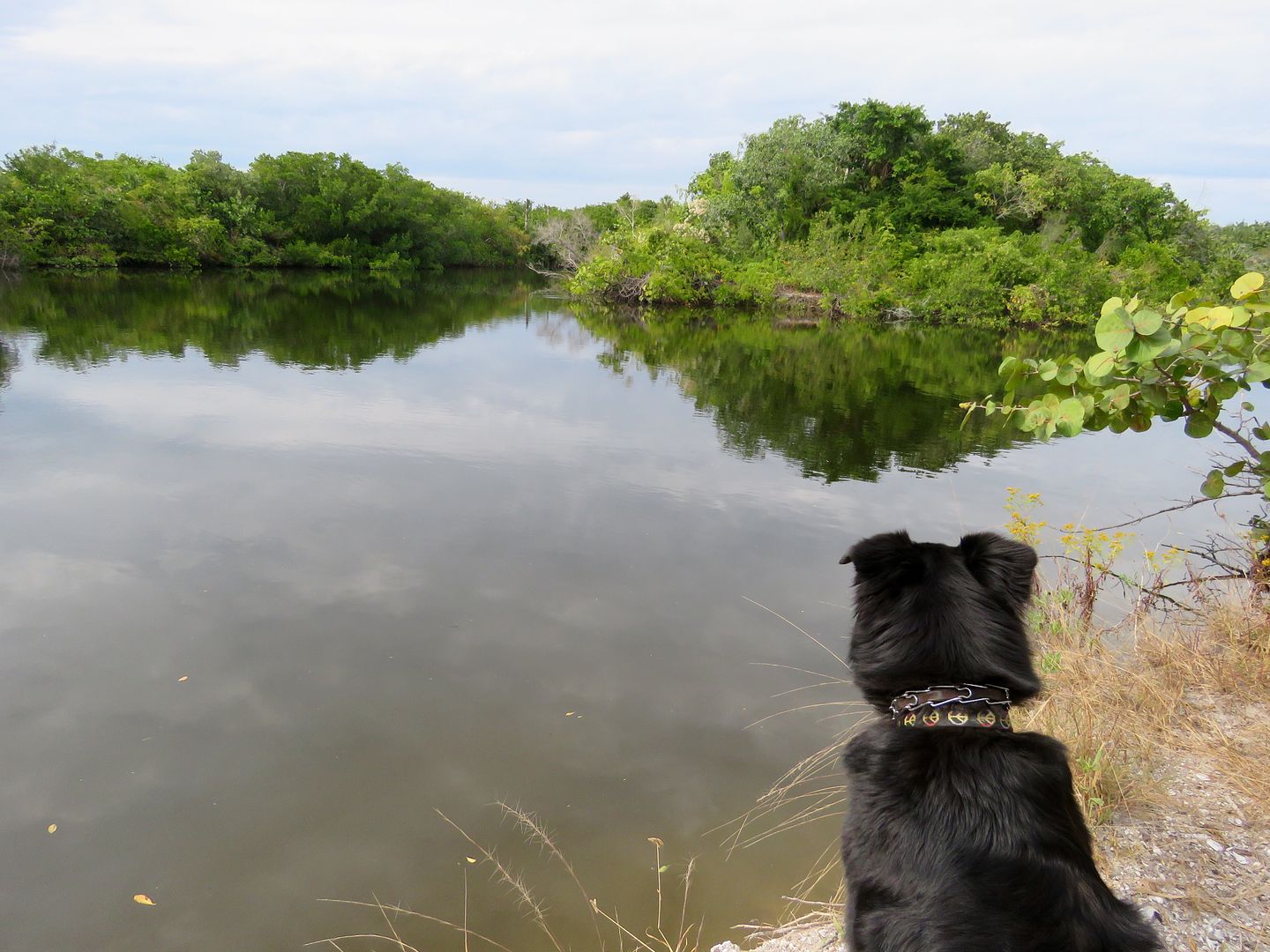
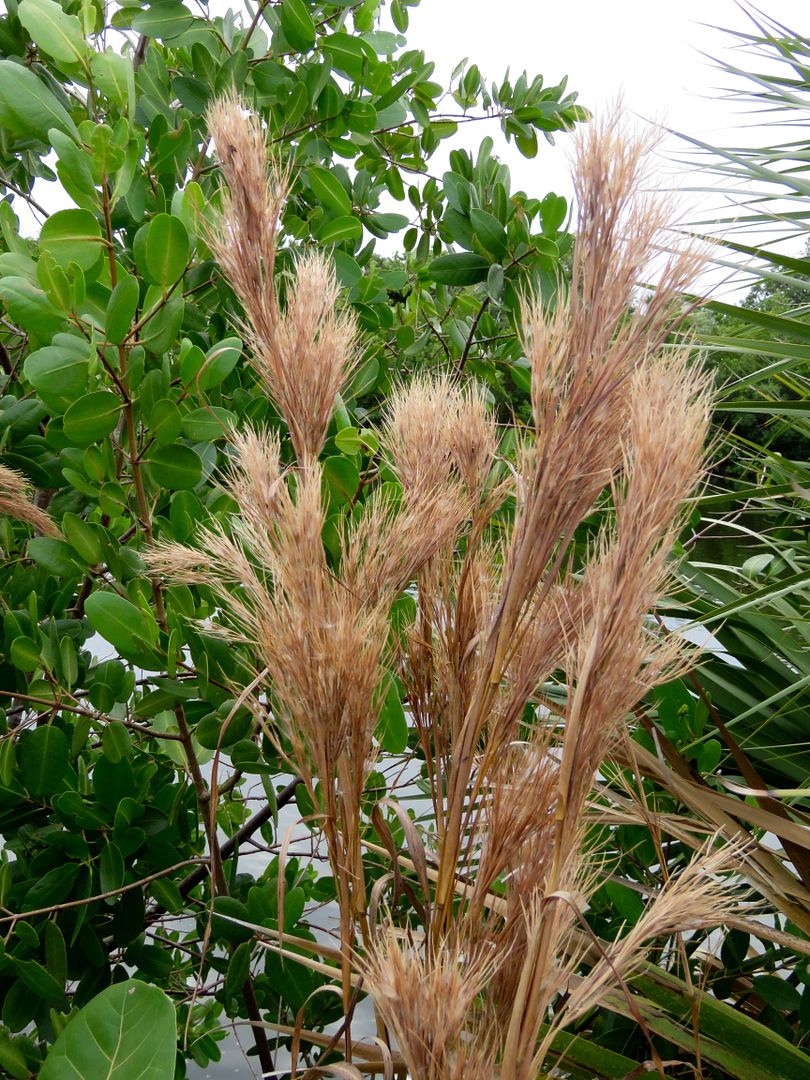

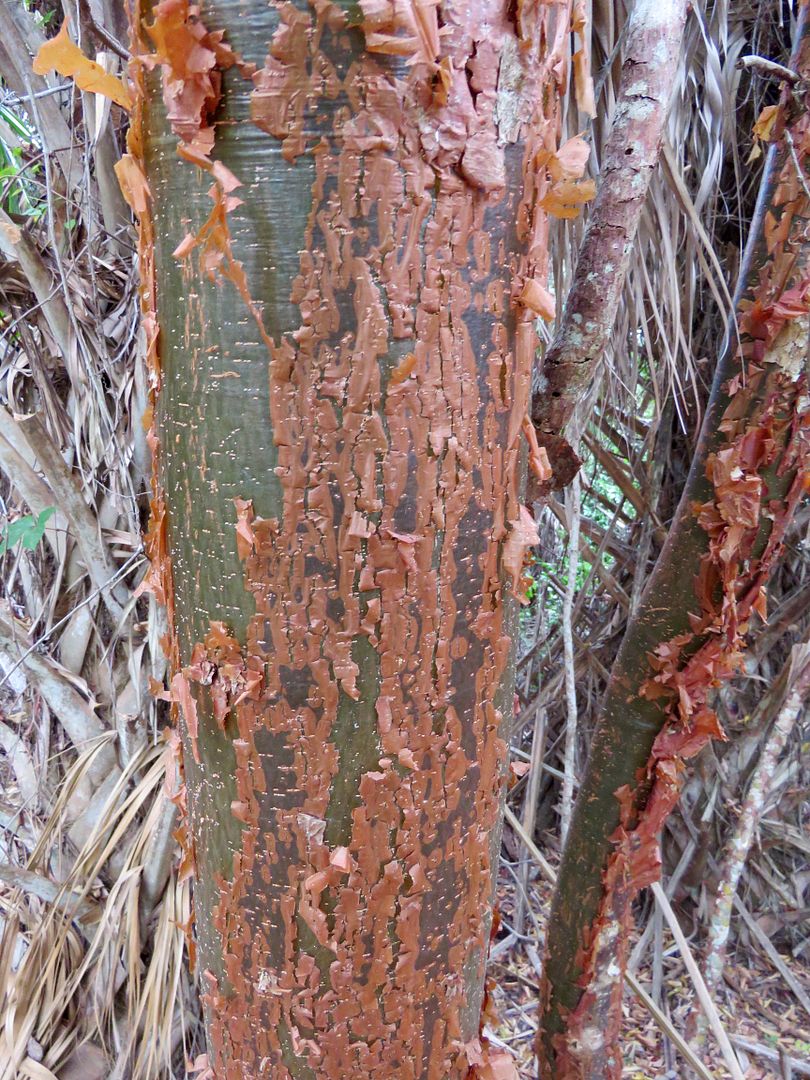
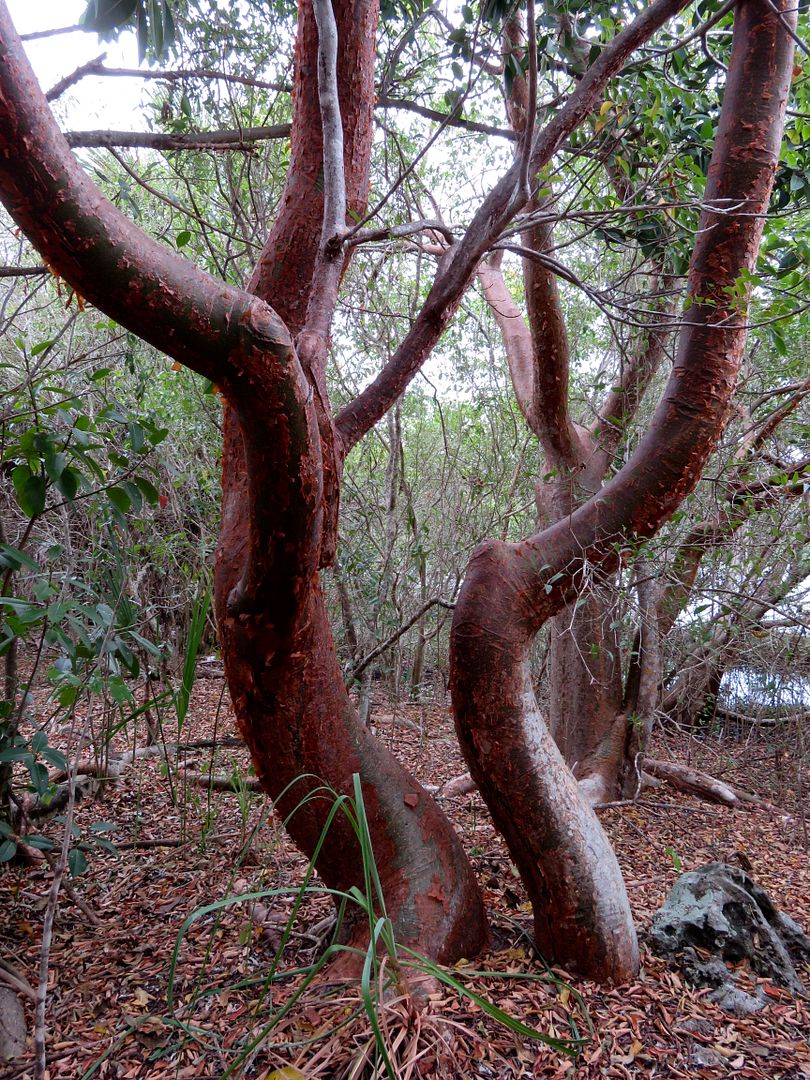
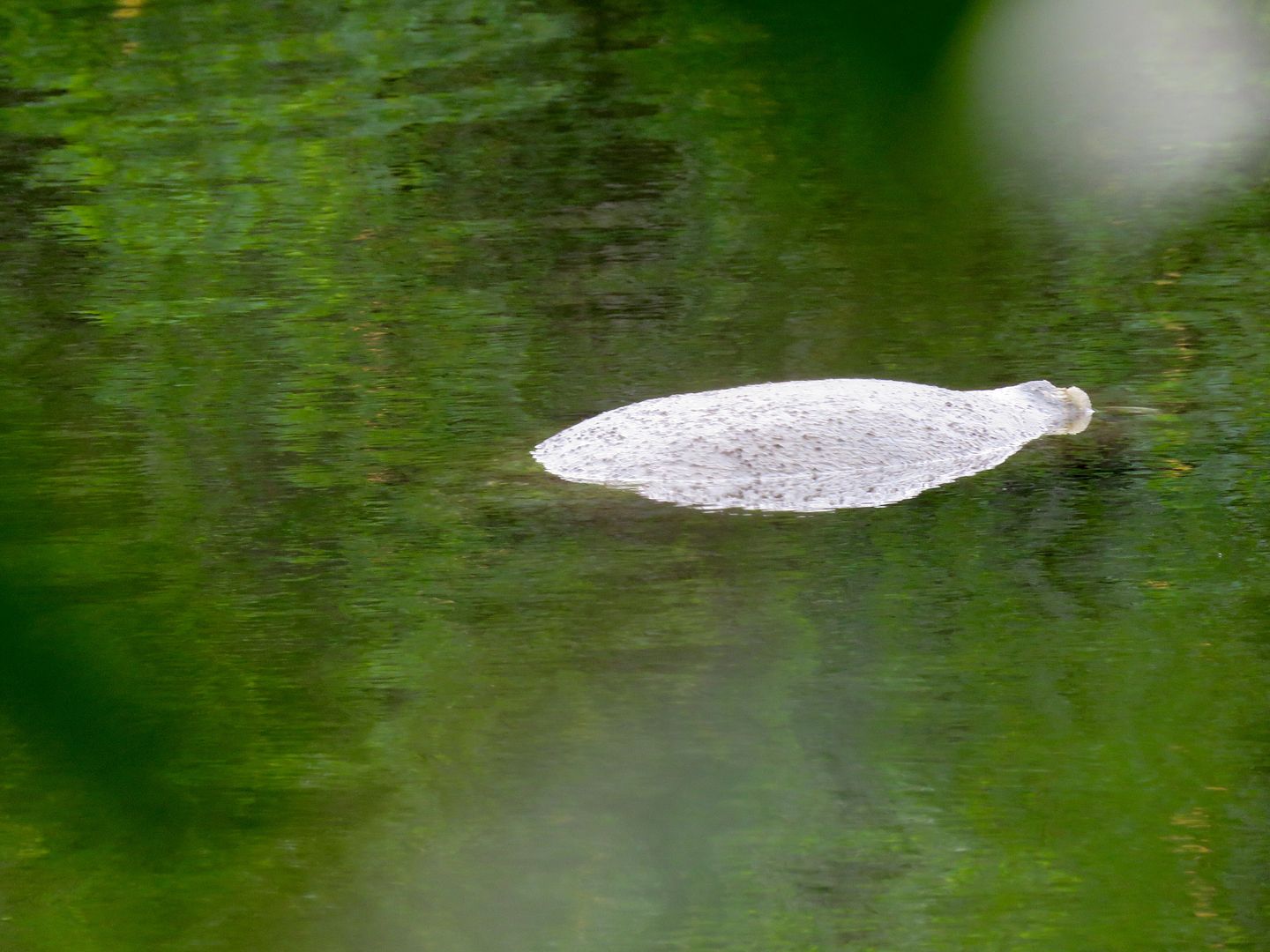


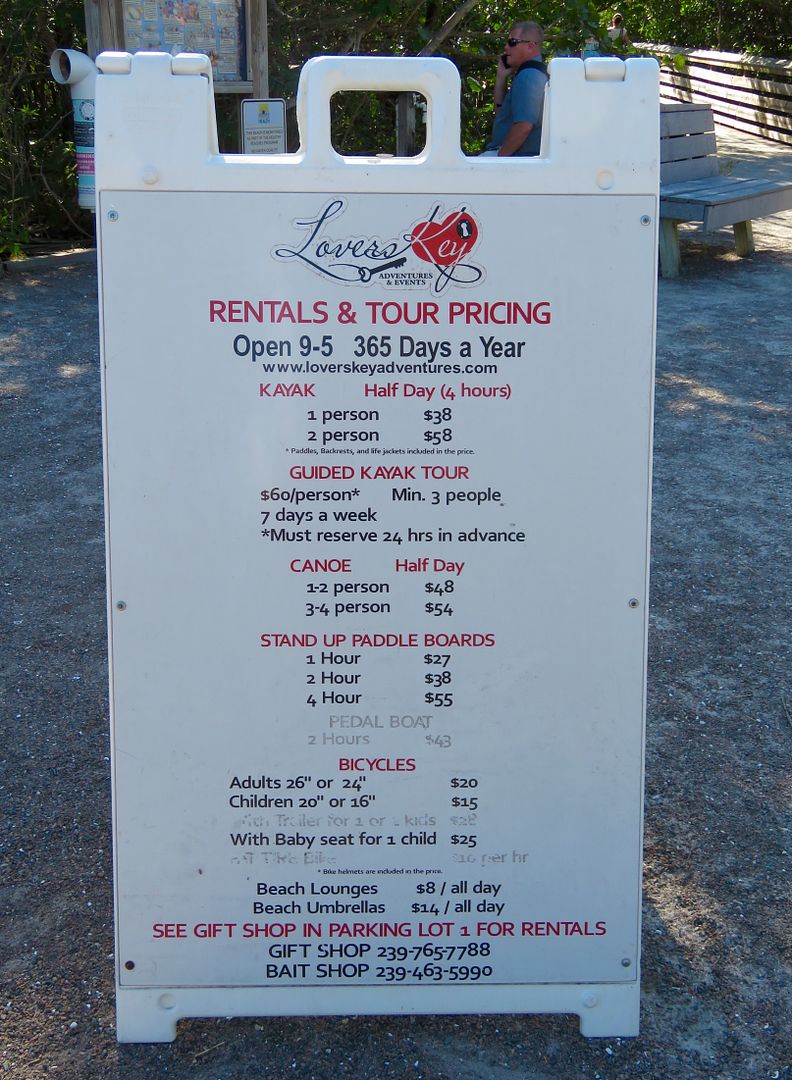
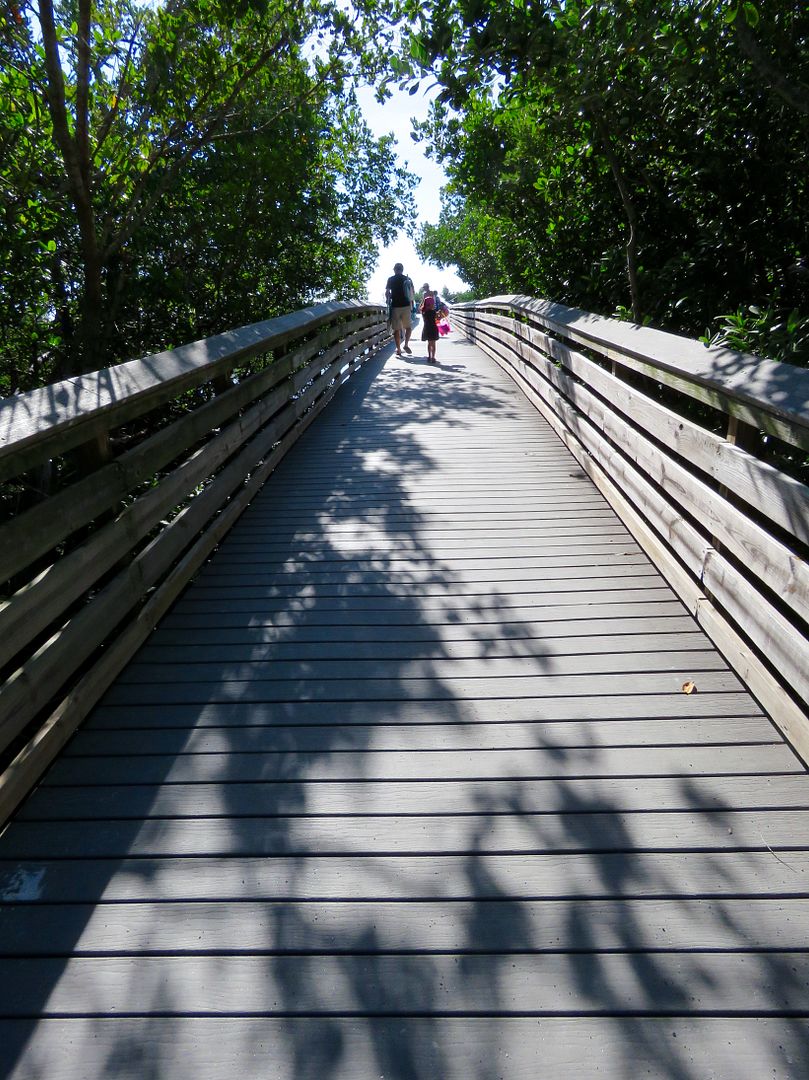
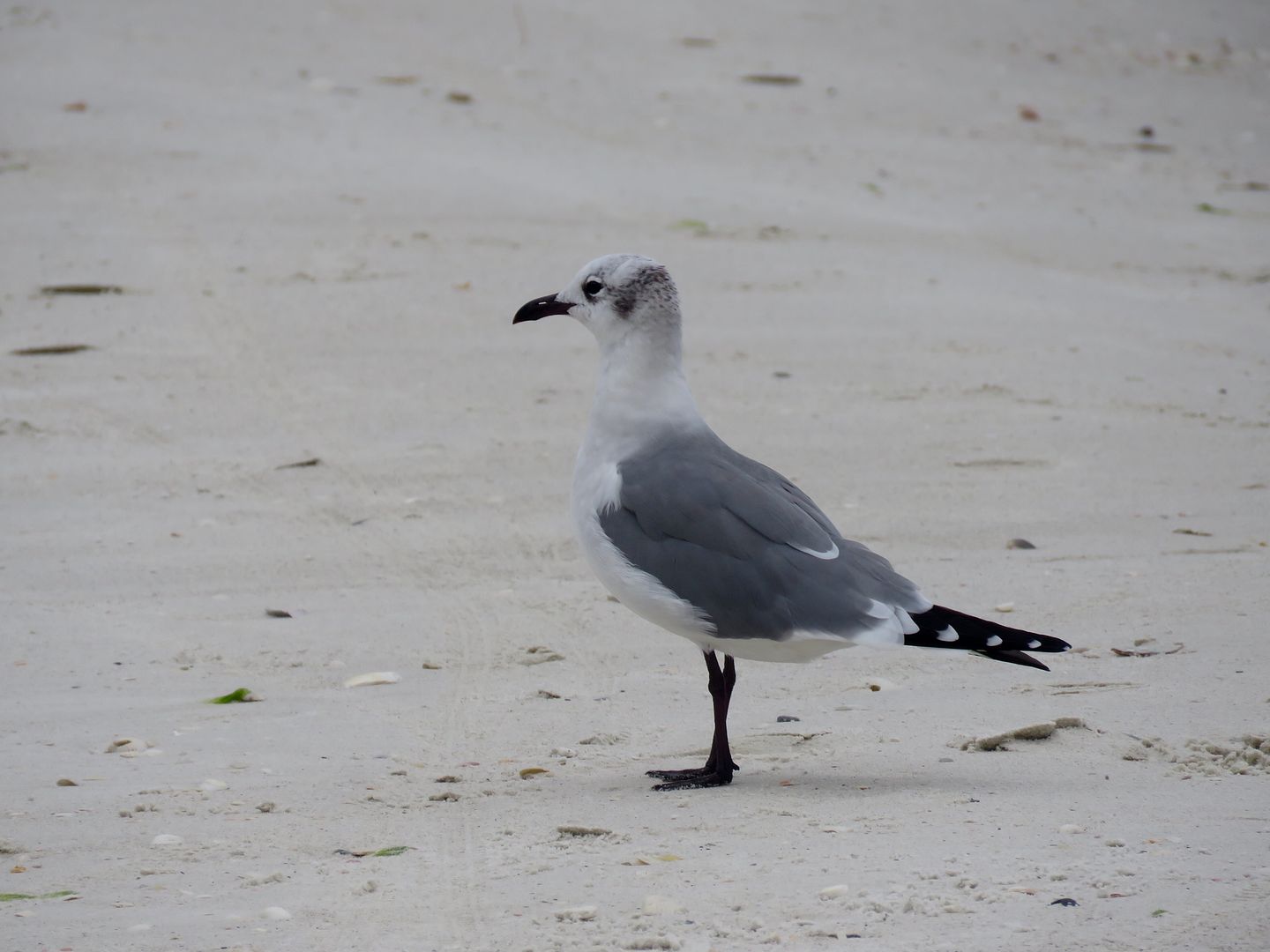
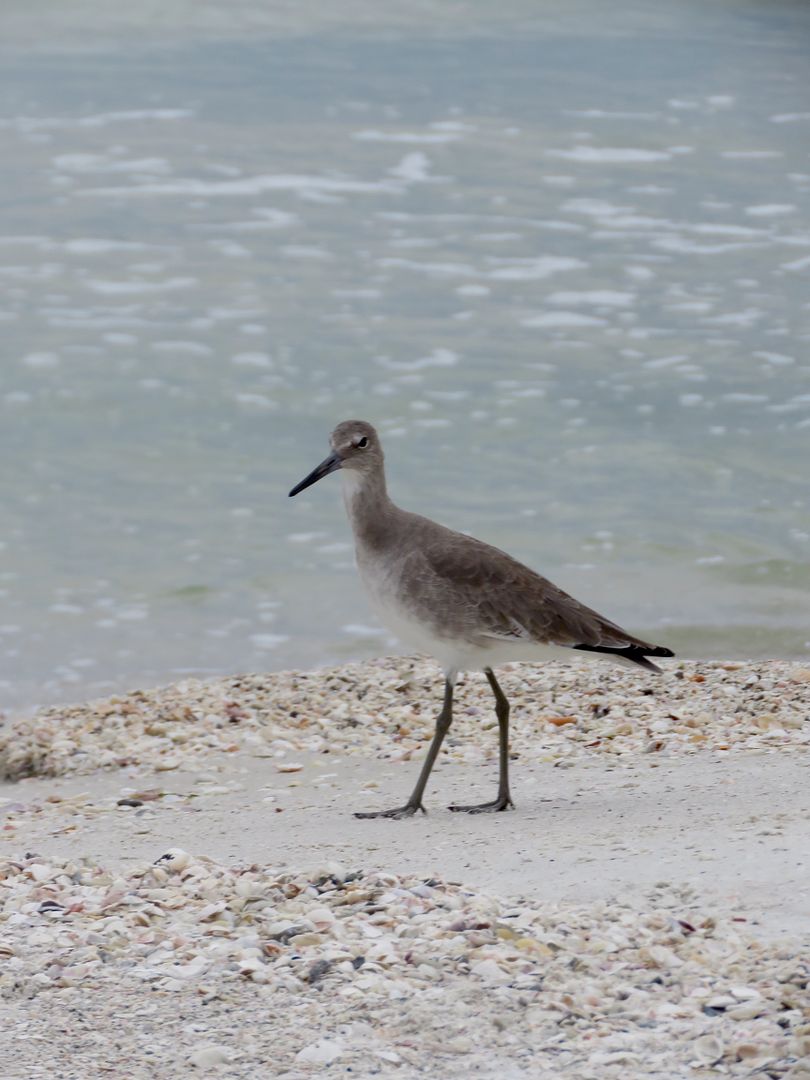
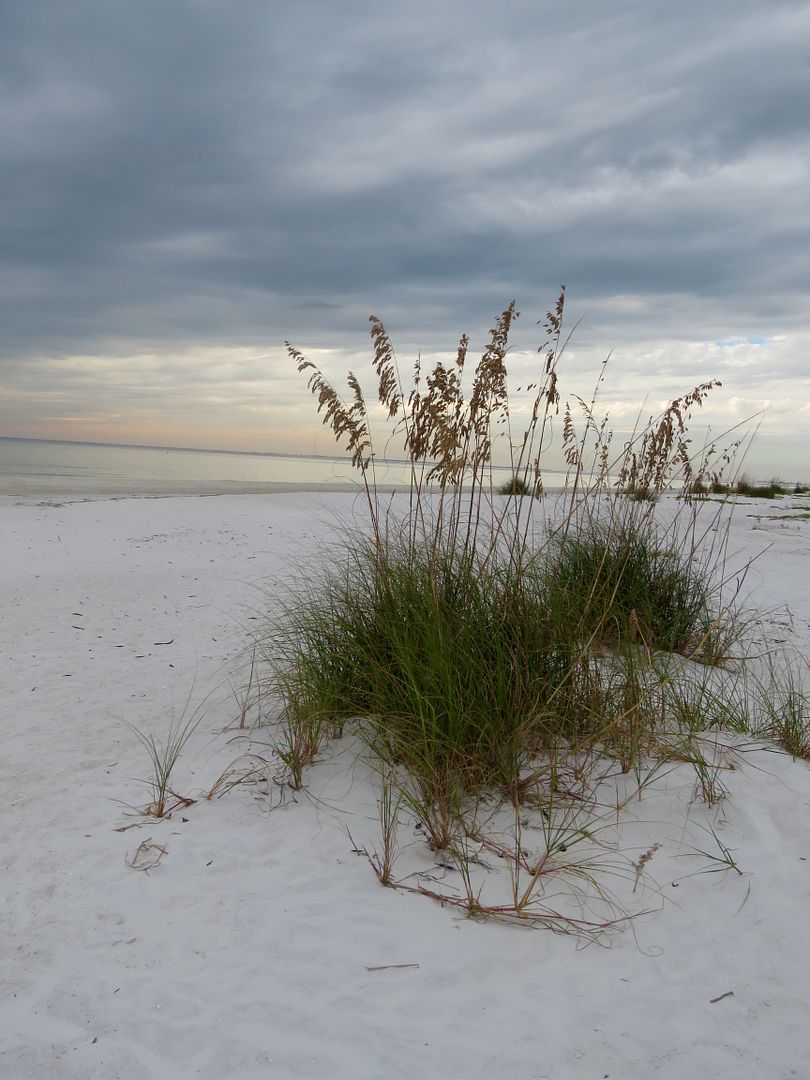
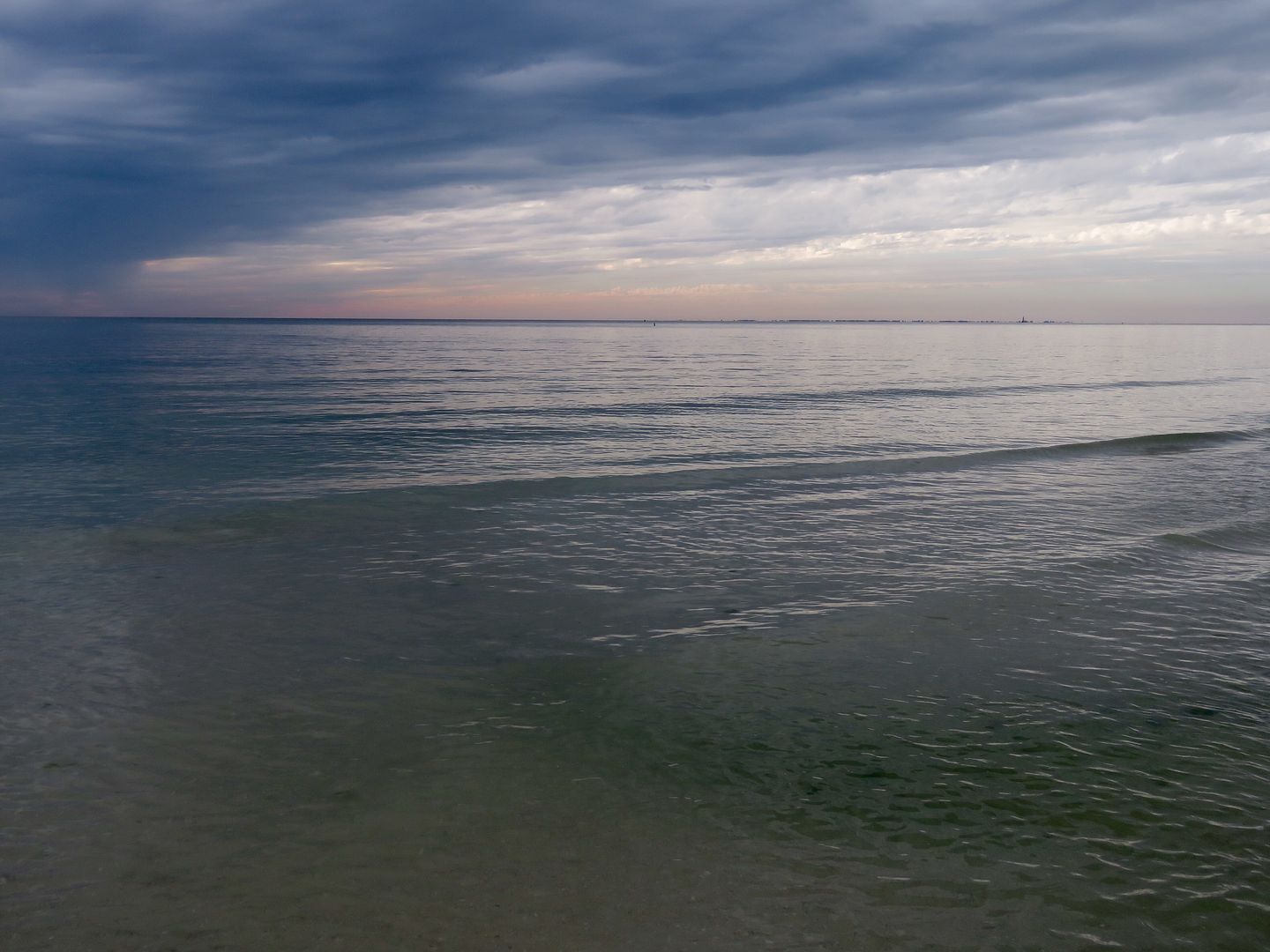
No comments:
Post a Comment